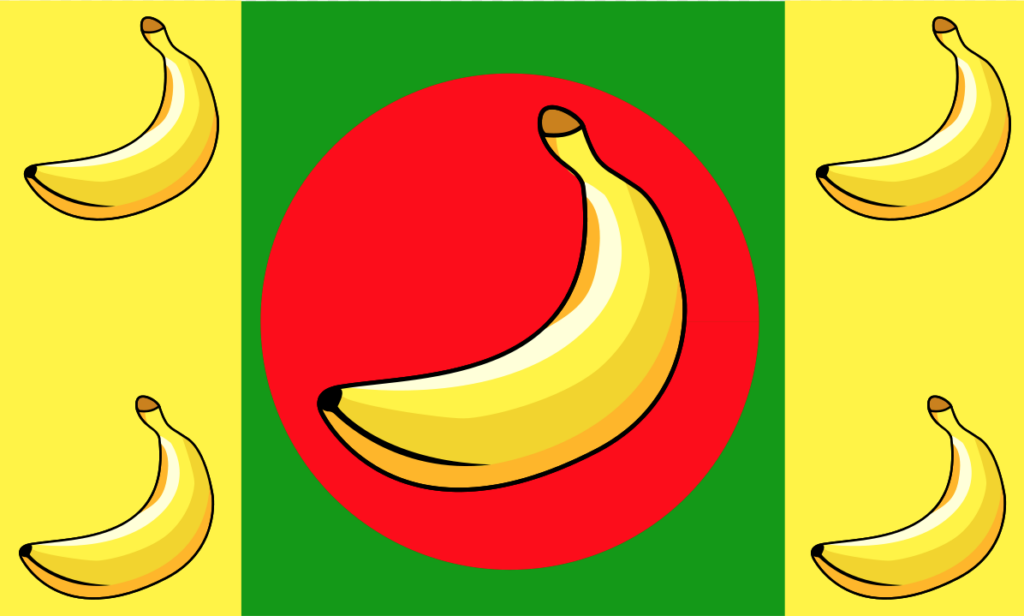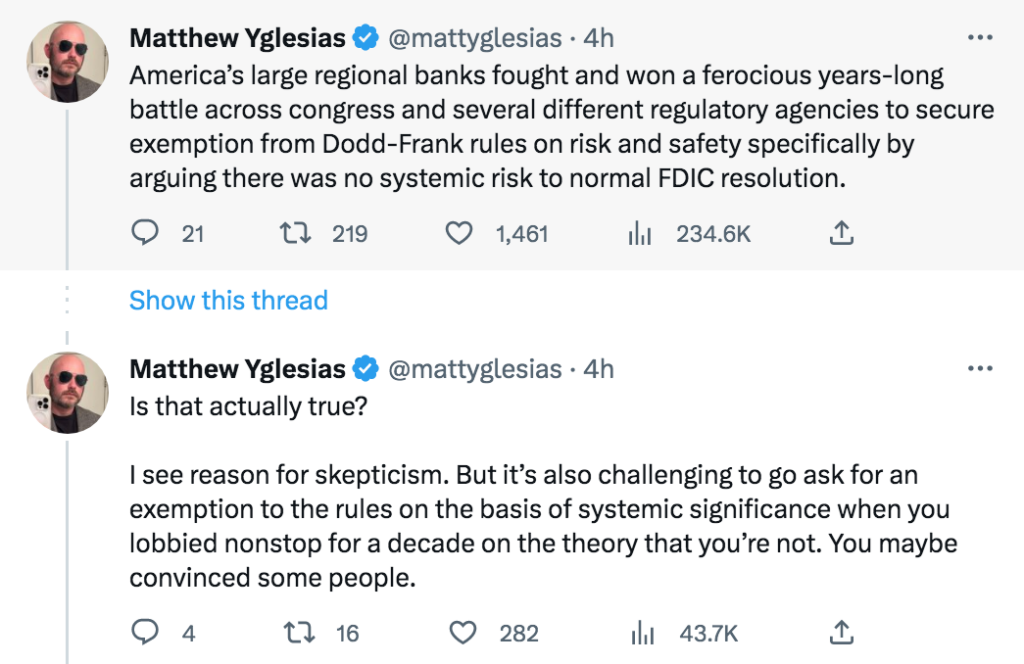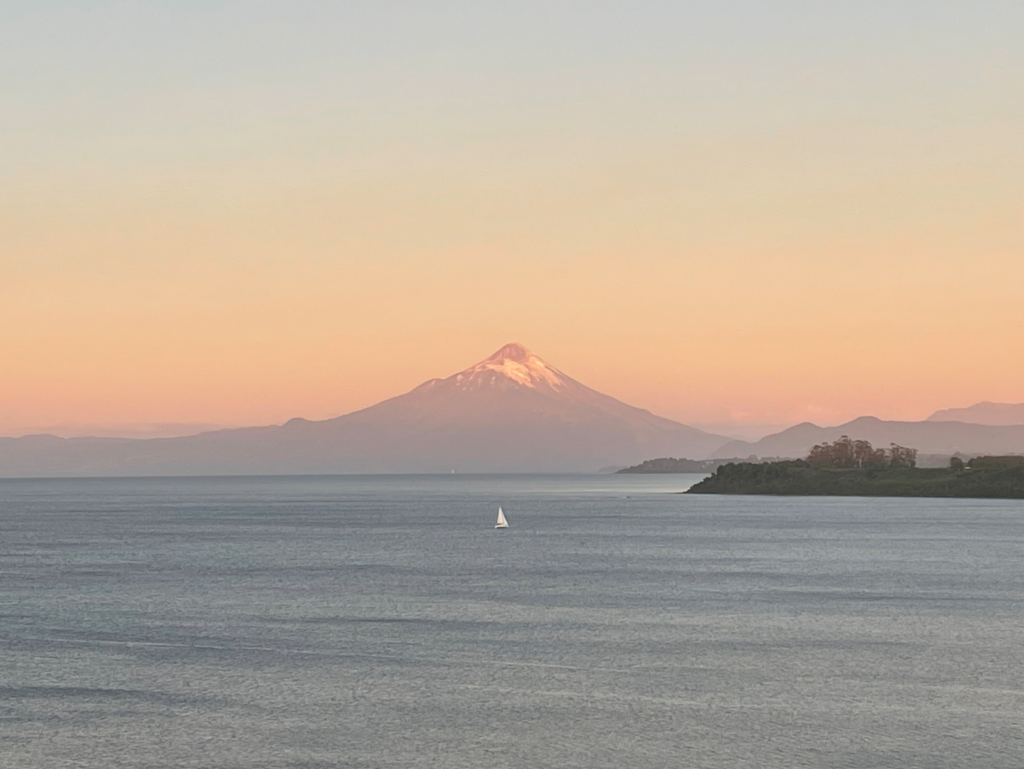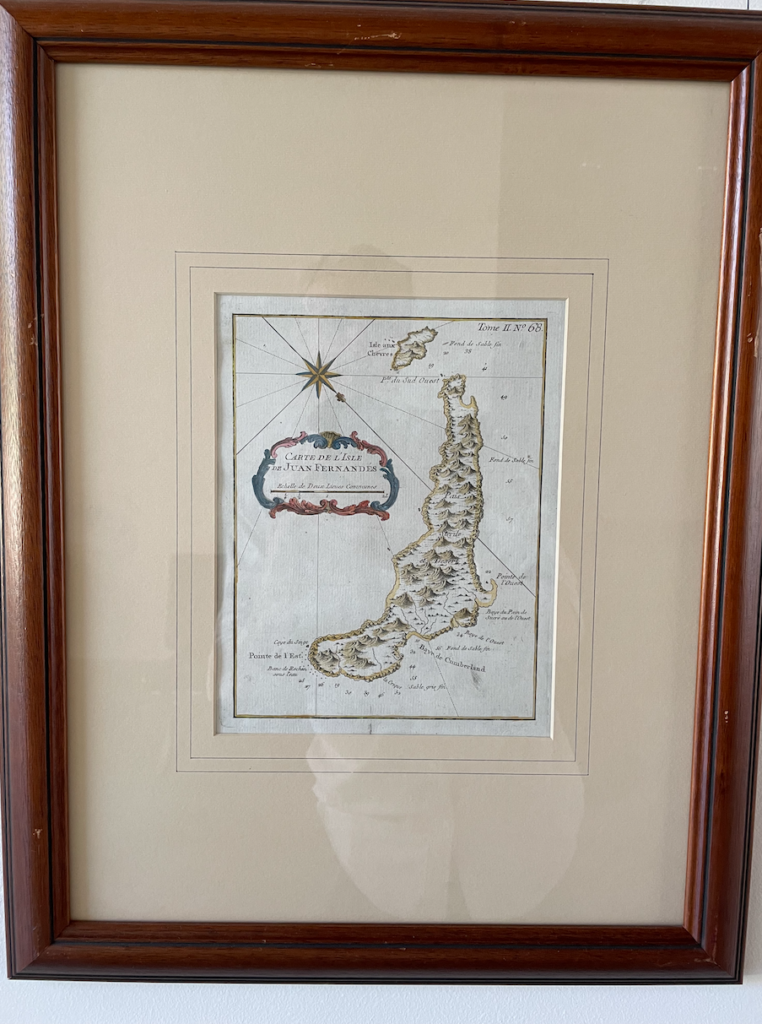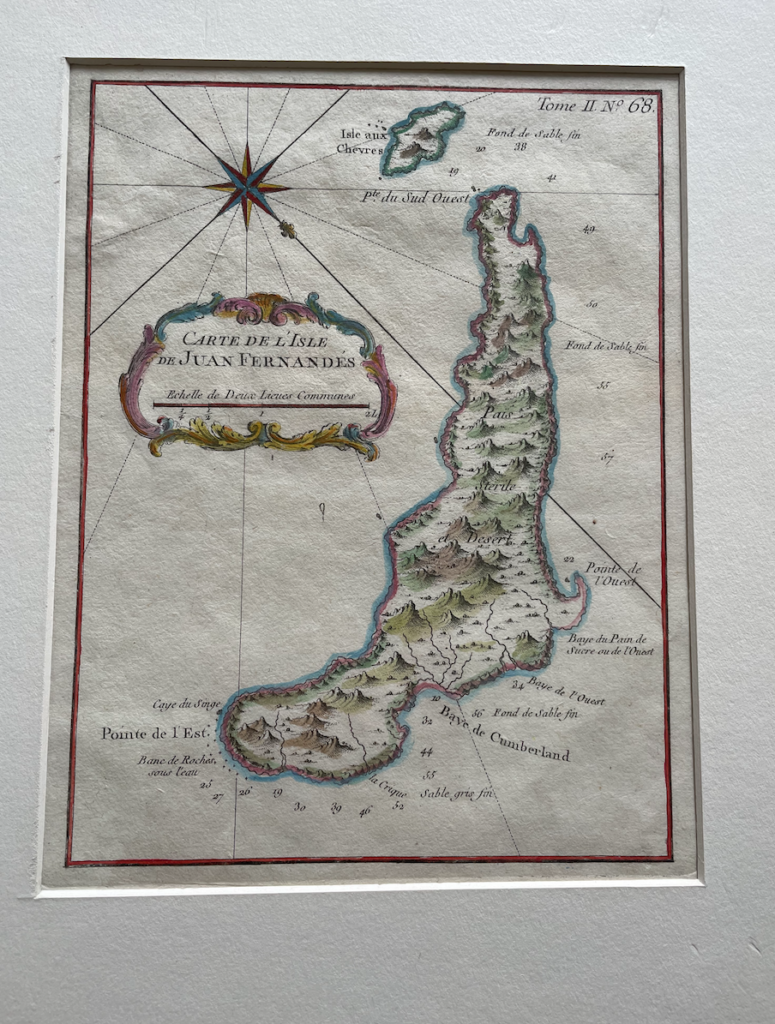Given a choice between Trump and Trump . . .
. . . GOP voters will pick Trump every time.
I keep telling you guys not to count out Trump. He was counted out after the 2020 election. He was counted out after January 6. After the midterms, DeSantis rose far above Trump in the betting markets, as voters rejected all those Trumpian nutcases. Now Trump’s back on top in the polls and betting markets.
Of course DeSantis has lots of things going for him. Almost all conservative intellectuals support him over Trump. GOP politicians privately support him. College educated GOP voters prefer him by a wide margin. The betting markets suggest that he’s far more electable than Trump.
But Trump’s also got many advantages. A New York prosecutor is doing everything possible to revive his career with a silly court case. Democratic voters prefer him over DeSantis, probably because they know he’s less electable. Thus Democratic pundits have been relentlessly attacking DeSantis (I disagree with this cynical ploy, as betting markets suggest that Trump still has almost a 46% chance of winning if he were to get the nomination. And just wait until that recession hits.)
DeSantis decided that since Trump is so popular with GOP voters, his best chance was to adopt Trumpian views in areas such as the “culture war” and foreign policy. Instead, he made himself look foolish. Ukraine is a “territorial dispute“? Really? (A view he recently amended.) DeSantis doesn’t realize that given a choice between Trump and Trump, voters will pick Trump every time. If GOP voters want a Putin lapdog, Trump’s their guy. DeSantis would have been better off focusing on economic issues.
DeSantis can attack Trump, and thus make GOP voters associate him with Democrats who persecute the object of their affection. (This is why Bragg’s court case helps Trump.) Or he can hold back, as Trump ridicules him again and again, and thus come across as a wimp.
The betting markets say that DeSantis is far more likely to win, if he gets the nomination. But the Republican Party is a personality cult, and DeSantis has no clear path to the nomination.
PS. I see that Trump and DeSantis are each accusing the other of sexual improprieties. Make my popcorn buttered.
Update: I thought the GOP’s message was that Florida and Texas were like paradise, and California was a hellhole. So what’s this?
In a wildly misleading Truth Social post, published this morning, Trump cast Florida as being among “the worst in the Country” for “crime,” “Education,” “Health & Safety,” “Education & Childcare,” “Affordability,” and “COVID-19 Deaths.” “HARDLY GREATNESS THERE!” he concluded.
More popcorn please . . .


